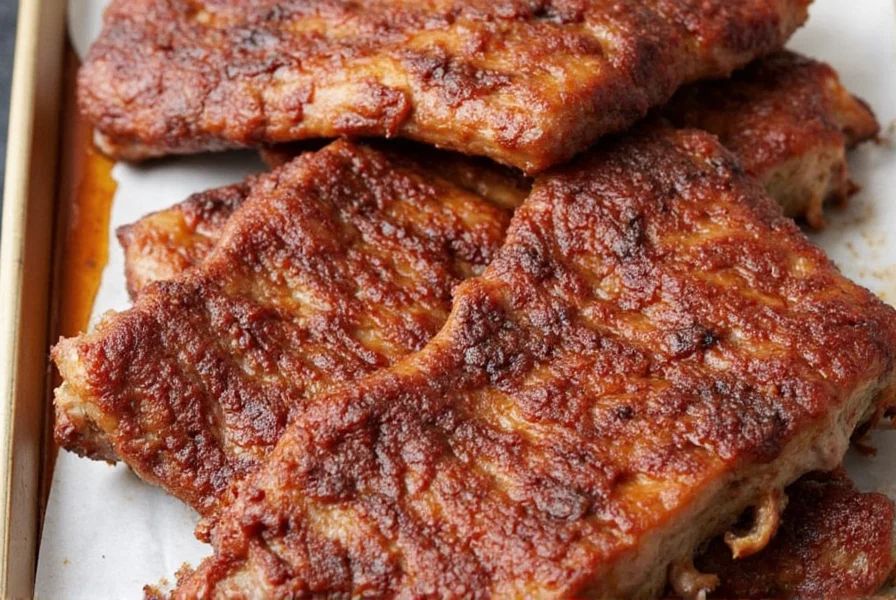Nutmeg and mace are two distinct spices from the same plant, Myristica fragrans. Nutmeg is the seed, while mace is the reddish aril surrounding the seed. They have different flavors, uses, and culinary applications. Here's a direct comparison of their key differences, flavor profiles, and best uses in cooking.
Differences Between Nutmeg and Mace
Let's break down how these two spices differ:
| Aspect | Nutmeg | Mace |
|---|---|---|
| Source | Seed inside the fruit | Reddish aril around the seed |
| Flavor | Rich, warm, slightly sweet | Milder, citrusy, delicate warmth |
| Appearance | Brownish-yellow, hard texture | Orange-red threads when dried |
| Common Uses | Pies, custards, meat sauces | Cream-based sauces, fish dishes, light pastries |
Flavor Profiles Compared
While both nutmeg and mace share similarities, their flavor profiles are distinct enough to matter in your cooking.
- Nutmeg: Think warm, woody, and earthy, with hints of clove and cinnamon. Perfect for hearty desserts and rich savory dishes.
- Mace: Softer and more nuanced, with a floral edge and slight citrus brightness. Ideal for delicate recipes where subtlety shines.
Taste Test: Nutmeg vs. Mace
- Sprinkle a tiny bit on oatmeal or yogurt to compare textures and aromas.
- Add a pinch to béchamel sauce and see which one blends better.
- Try both in eggnog—you might be surprised by the difference!
When to Use Each Spice
The key to using nutmeg and mace well lies in knowing when to deploy each. Here's a simple guide:
Use Nutmeg When:
- You want bold flavor in baked goods like pumpkin pie or gingerbread.
- Adding depth to sauces, especially those with cream or cheese.
- Enhancing mulled wines, cider, or chai.
Use Mace When:
- Preparing delicate fish dishes or seafood chowders.
- Infusing custards or creams with a subtle, refined warmth.
- Making spice blends like garam masala or Chinese five-spice.
Top 5 Cooking Tips with Nutmeg & Mace
- Freshly Grated Wins Every Time: Whole nutmeg and mace blades last longer and retain flavor better than pre-ground versions.
- Less Is More: Both are potent. Start with a pinch—especially with nutmeg, which can become bitter if overused.
- Add Early in Cooking: These spices need time to infuse into dishes. Add them at the beginning of long-simmered sauces or bakes.
- Pair With Complementary Flavors: Nutmeg loves vanilla and chocolate; mace pairs beautifully with lemon, white fish, and dairy.
- Store Properly: Keep whole spices in airtight containers away from heat and light for maximum shelf life (up to 2 years).
Buying Guide: Choosing the Best Nutmeg and Mace
Shopping for nutmeg and mace can feel overwhelming with so many options. Here's what to look for:
Types Available
- Whole Nutmeg: Lasts longest and grates fresh.
- Ground Nutmeg: Convenient but loses potency faster.
- Mace Blades: Also called "mace sheets" or "blade mace," this is the highest quality form.
- Ground Mace: Rare and less common, but available in specialty stores.
Recommended Brands
| Product | Features | Best For | Price Range |
|---|---|---|---|
| Frontier Co-op Whole Nutmeg | Organic, sustainably sourced, whole seed | Bakers, home chefs, spice lovers | $6–$8 per ounce |
| Simply Organic Mace Blades | High-quality, hand-harvested, fair-trade certified | Chefs needing strong flavor in seafood or custard | $10–$12 per ounce |
| McCormick Ground Nutmeg | Convenient, widely available, budget-friendly | Everyday use in baking and sauces | $3–$5 per bottle |

How to Store Nutmeg and Mace
- Keep in dark glass jars or tins.
- Avoid moisture and sunlight exposure.
- Label with purchase date for freshness tracking.
Frequently Asked Questions
Conclusion
Whether you choose nutmeg or mace, you're tapping into centuries of culinary wisdom. While they may be siblings from the same spice family, each brings something special to the table. Nutmeg is your go-to for boldness and richness, while mace is the quiet, elegant companion perfect for lighter fare.
So next time you reach for that little jar of nutmeg—or dare to try mace—remember: you're not just seasoning food, you're unlocking history, flavor, and a touch of old-world magic. Happy spicing!










 浙公网安备
33010002000092号
浙公网安备
33010002000092号 浙B2-20120091-4
浙B2-20120091-4